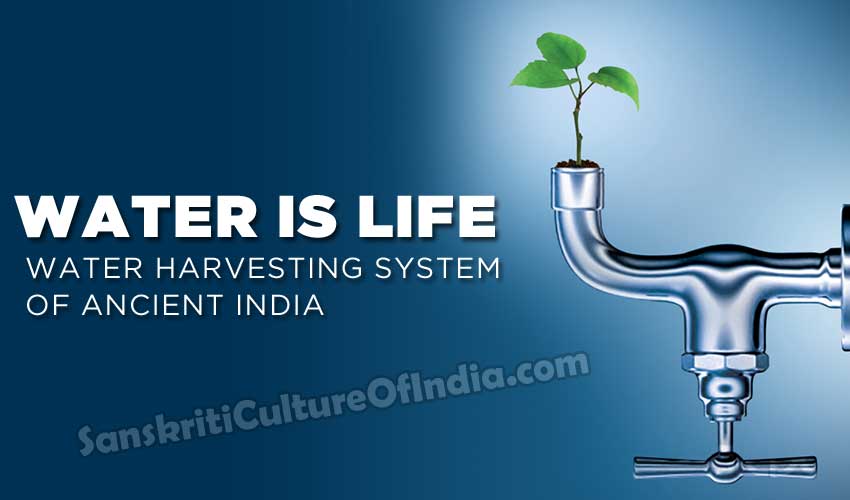More than 7,000 years ago, the people of India knew the importance of water harvesting. Do you think we can adopt such methods to conserve this precious resource?
Water is essential for our survival. It is important to remember that water is not a permanent resource available through the year. However, it can be recycled. Today, overhead or underground tanks store water in our homes in cities. However in ancient India, many traditional practices existed to harvest or collect water from rain, streams and rivers.
A water harvesting system is one that collects and stores water for later use, especially in summer when water is scarce. India’s use of traditional water harvesting systems dates back 7,000 years.
Storehouses
Wetlands are areas where water controls or regulates the environment, and any animal or plant life. They occur where the water table is at or near the surface of the land, or where land is covered by water.
Wetlands are cradles of biological diversity and are among the world’s most productive environments. They provide water upon which countless species of plants and animals depend for survival. Wetlands support high concentrations of birds, mammals, reptiles, amphibians, fish and invertebrate species. They are also important storehouses of plant genetic material. Rice, for example, which is a common wetland plant, is the staple diet for more than half of humanity.
There are six kinds of wetlands:
- Marine or coastal wetlands which include coastal lagoons, rocky shores, and coral reefs
- Estuarine wetlands including deltas, tidal marshes and mangrove swamps
- Lacustrine wetlands associated with lakes
- Riverine wetlands along rivers and streams
- Palustrine wetlands, essentially marshes, swamps and bogs
- Man-made wetlands like fish, shrimp and farm ponds, irrigated agricultural land, salt pans, reservoirs, gravel pits and canals.
Here are some traditional water harvesting structures and systems in use in different parts of India:
Kere: These are large tanks with boundaries built from mud, earth, stones and cement around a stream. A kere has a provision for overflow of excess water, and outlets for irrigation and feeding channels. Water from a kere is used for drinking, irrigation, livestock and groundwater recharge. Keres are used in Karnataka, Andhra Pradesh and Tamil Nadu.
Phad: This system has earthen embankments built on a river that divert water for agricultural use. They are used in Dhule and Nashik districts, Maharashtra.
Kund: A large saucer-shaped deep pit covered by a dome. The size of a kund can range from a few meters to 100 square kilometres in diameter. It has a gradual slope which allows water to flow into the deep pit. This pit is lined with limestone and ash which naturally purify the collected water of dust, dirt and silt. Kunds are used to store drinking water in dry climates like Rajasthan and Madhya Pradesh.
Naula: A stone-lined tank which catches dripping water from springs and streams. Naulas are surrounded by shady trees to prevent evaporation of water. This water is used for drinking in the hilly areas of Kumaon, Garhwal and Uttarakhand regions.
Zing: Channels are built to divert glacial water into a storage tank called a zing. This water is mainly used for irrigation in mountain regions like Ladakh and Leh in Jammu and Kashmir.
Bamboo drip system: A network of bamboo pipes of varying diameter, length and positioning is used to harvest water from hill springs or streams. Bamboo drip systems are used for irrigation of black pepper and betel leaf crops, and are also sometimes used for drinking. This system is widely used in the tribal pockets of the Khasi and Jaintia hills of Cherrapunji, and in the Mawsynram belt of Meghalaya.
Surangas: These are vertical man-made excavations in hill slopes that act as a tunnel network, where water from the top to the bottom of the hill is captured in the porous soil. This water is then channelled into large tanks, collecting enough water for agriculture and livelihood. Surangas are used in the Dakshin Kannada region of Karnataka and in Kerala.
~ Source: National Wetland Conservation Programme Guidelines for Conservation and Management of Wetlands in India & Traditional water harvesting systems, Centre for Environment Education, Bangalore.











